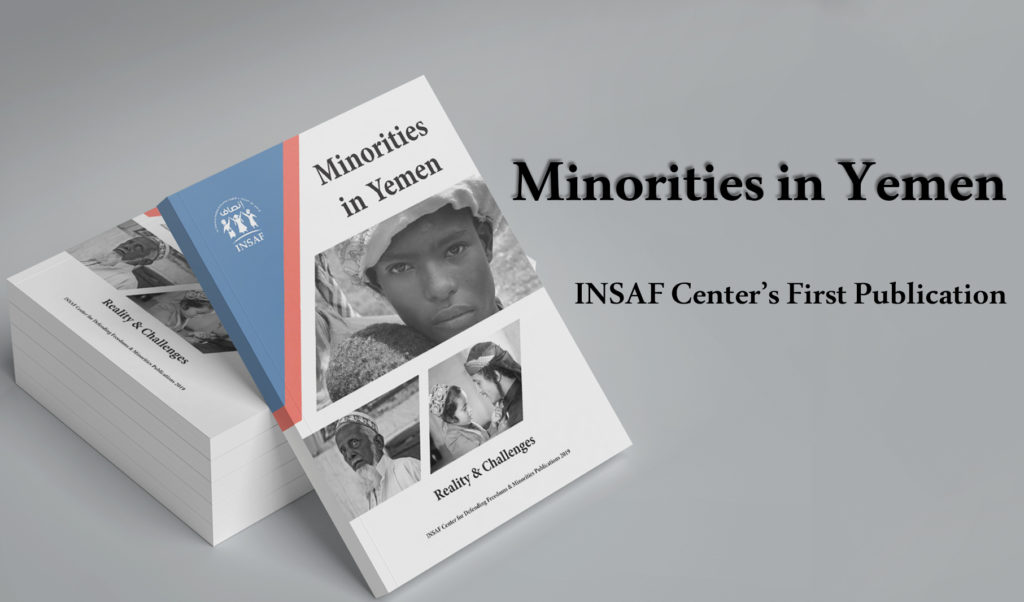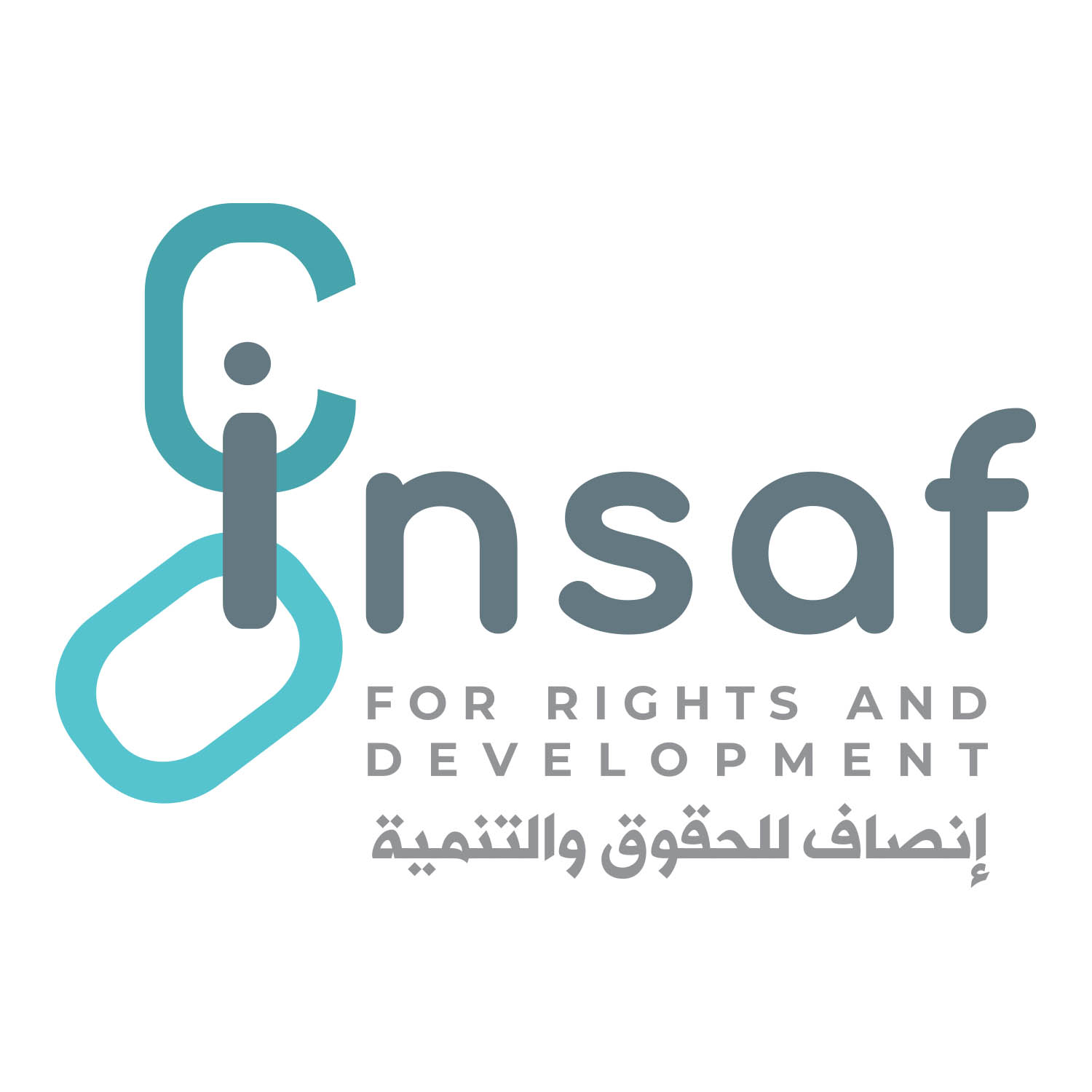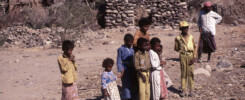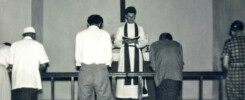
Yemen is home to religious and sectarian minorities who represent about 0.5% of the total population. In addition to Muslims, there is a minority of Jews, who’s presence has drastically shrunk over the years due to the multiple violations and displacement they were subjected to. Yemen also has a Bahai minority, who are currently estimated to number around 2,000 individuals. They also have been subject to harassment and repeated violations by the militias currently controlling northern Yemen, where the majority of these minorities lived.
In addition to these religious minorities, there is another minority that represents the largest minority in proportion to the overall population. It is a minority group that has faced marginalization and organized racism from both society and the state. They are the Muhamasheen (marginalized) minority, or as they are locally known “Akhdam” – a negative term that takes a racist dimension towards this group. Despite the different historical narratives regarding the origins of this group – which are characterized by their dark skin color – historical records confirm that they have been in Yemen for centuries. However, they have been subjected to the most severe levels of discrimination, violations and deprivation at all levels of life.
One of the loopholes that affect the rights of minorities as citizens is the various interpretations of the Yemeni constitution in the laws and provisions that have led to the discrimination against them.
This book, which includes brief reports on the situation of the major minorities present in Yemeni society, tries to shed light on the status of those minorities, as an essential part of the work that we do at INSAF Center for Defending Freedoms & Minorities. As we believe that information is the first step in order to reach precise treatments to remedy this situation, especially when it comes to minority rights and freedoms.
The book contains five reports on five different minorities, four of which are religious minorities, namely Judaism, Christianity, Baha’i, and Ismailism. The fifth is on the racially discriminated group Muhamasheen (marginalized) minority. Resources for the book range from a number of historical sources such as books and scientific research, as well as a number of reports published by international and local organizations concerned with defending minorities and fighting for their rights, in addition to several private sources that we were able to obtain by interviewing spokespersons and individuals from those minorities.
It can be said that this book is the first of its kind to deal with the situation of the various minorities in Yemen, where previous publications generally focused on single problems that some minorities faced. The book provides historical background information about these minorities, then an explanation of the social, political and economic realities they face, all the way to reviewing the violations against them, particularly at the present time. This will aid in planning for more in-depth research, or in the design of practical programs, either to increase awareness of the rights of these minorities and ways to support and protect them. This should not only protect these minorities, but it will certainly help to create a harmonious society that believes in pluralism and cooperation for peace in the future.
INSAF Center for Defending Freedoms & Minorities Publications No. 01 – 2019
By: Dr. Mohammed Al-Mahfali & Eman Homaid
Translation: Ibrahim Nagib
Review & Proofreading: James Roth



